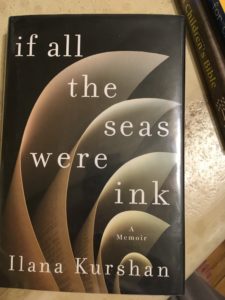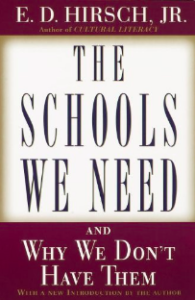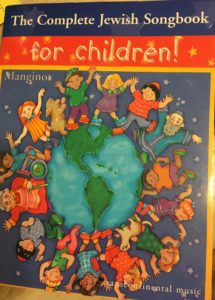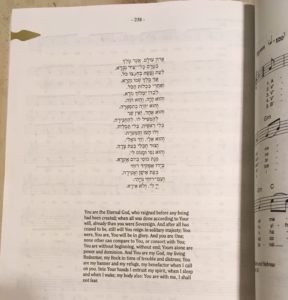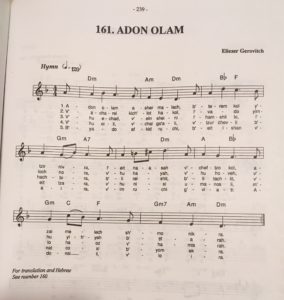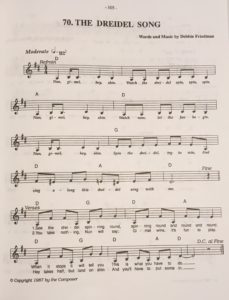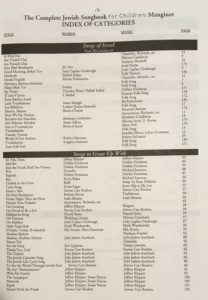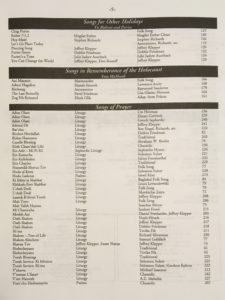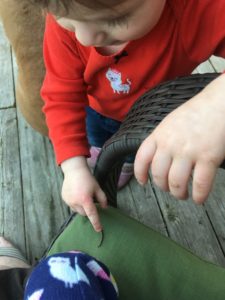It’s flu season! Time for flu shots! And obviously that means it’s time for a book about vaccination! Did I ever expect to find a Jewish book about either going to the doctor generally or how vaccinations work specifically? No, not really.
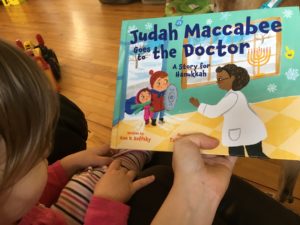
But it exists as of about a year ago.
My kid loves it. Can’t get enough of it.
(In full disclosure, I know the author in real life, and she’s amazing. You can learn more about how she wrote this book and her other important work, Frum Women Have Faces – on the refusal of some frum publications to print pictures of women – on this podcast episode she did with The Chutzpah podcast! This review is an honest account of our experience with her book.)
And there’s even some kid-friendly science in it! It explains how vaccinations work in a way that isn’t dumbed down and it also shows why vaccinations are important socially (to protect the main character’s little sister, who’s too young for the shot). This book really did help my 2 year old with taking shots, and she quotes it in the doctor office. It doesn’t try to convince her that shots don’t really hurt or that she shouldn’t show her hurt. It’s honest – shots can hurt and it’s ok to cry a little.
I even convinced my pediatrician to get a copy!
The icing on the cake: it’s also a nice Chanukah story and a nice annoying-baby-sibling story, but let’s be honest, I have used it much more for the purpose of demystifying the doctor’s exam and shots. Now that the baby is starting to pester, maybe I’ll have more use for the sibling storyline!
If you want a more general (or non-Jewish) doctor’s visit book, I highly recommend It’s Time for Your Checkup by Shani Thornton. It has pictures of a real doctor and kid for each part of the doctor office experience! It also explains things in a scientific way that is kid-friendly but also respectful of their intelligence. Those parts are a little over my toddler’s head still, but the pictures are solid gold.
